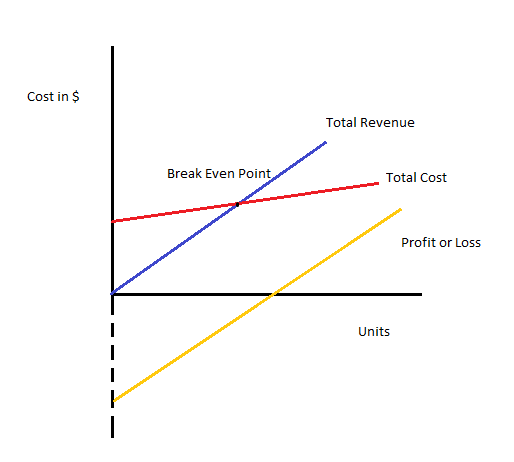
A payback period of around 10 years is pretty average, and could end up being a solid investment, Haenggi said. It’s a key number — usually a matter of years — that tells you how long you’ll wait to see a real return on your investment. Solar payback periods can vary widely, and also depend on how you pay for the system in the first place. Incorporating these expenses into break-even calculations ensures a more comprehensive financial plan.
Our Services
- It is only useful for determining whether a company is making a profit or not at a given point in time.
- It’s one of the biggest questions you need to answer when you’re starting a business.
- Next, Barbara can translate the number of units into total sales dollars by multiplying the 2,500 units by the total sales price for each unit of $500.
- Selecting the right tool depends on the complexity of the business’s financial model and the need for ongoing updates or detailed analysis.
- In this example, the business needs to generate \($50,000\) in sales revenue to cover both fixed and variable costs and reach the break-even point.
If you have any other costs tied to the products you sell—like payments to a contractor to complete a job—add them to your cost of goods sold to find your total variable costs. When companies calculate the BEP, they identify the amount of sales required to cover all fixed costs before profit generation can begin. The break-even point formula can determine the BEP in product units or sales dollars.
Business Resources: Staff and Materials
Several tools are available to simplify the process of calculating the BEP and make it more accessible for businesses. Excel allows users to create detailed financial models with formulas that automatically calculate the break-even point when key variables such as fixed costs, variable costs, and selling prices are input. Calculating the breakeven point is a key financial analysis tool used by business owners. Once you know the fixed and variable costs for the product your business produces or a good approximation of them, you can use that information to calculate your company’s breakeven point.
Step 3: Specify the Selling Price per Unit

The break-even point formula is calculated by dividing the total fixed costs of production by the price per unit less the variable costs to produce the product. Divide fixed costs by the revenue per unit minus the variable cost per unit. The fixed costs are those that do not change, no matter how many units are sold. Revenue is the price for which you’re selling the product minus the variable costs, like labor and materials.
Key Components
What this answer means is that XYZ Corporation has to produce and sell 50,000 widgets to cover their total expenses, fixed and variable. At this level of sales, they will make no profit but will just break even. When you decide to go solar, you are either committing to a significant upfront cost of tens of thousands of dollars or a long-term plan through several years of monthly payments. The breakeven point, or payback period, is the time it takes to recoup the cost from the initial investment. The contribution margin is the difference between revenue per download and variable costs per download.
A break even point could be an ongoing target, say 20 units per week. This provides motivation to work toward your goals and forms a Key Performance Indicator (KPI) that your sales and operations teams can use as a tangible benchmark for success. In conclusion, just like the output for the goal seek approach in Excel, the implied units needed to be sold for the company to break even come out to 5k.
It also assumes that there is a linear relationship between costs and production. Break-even analysis ignores external factors such as competition, market demand, and changes in consumer preferences. Now, as noted just above, to calculate the BEP in dollars, divide total fixed costs by the contribution margin ratio. To find the total units required to break even, divide the total fixed costs by the unit contribution margin. Break-even analysis involves a calculation of the break-even point (BEP).
The break-even point (BEP) is the point at which total revenues equal total costs. At this stage, a business neither makes a profit nor suffers a loss. The break-even point is the volume of activity at which a company’s total revenue equals the sum of all variable and fixed where do i enter income and expenses from a rental costs. In other words, it is used to assess at what point a project will become profitable by equating the total revenue with the total expense. Another very important aspect that needs to address is whether the products under consideration will be successful in the market.